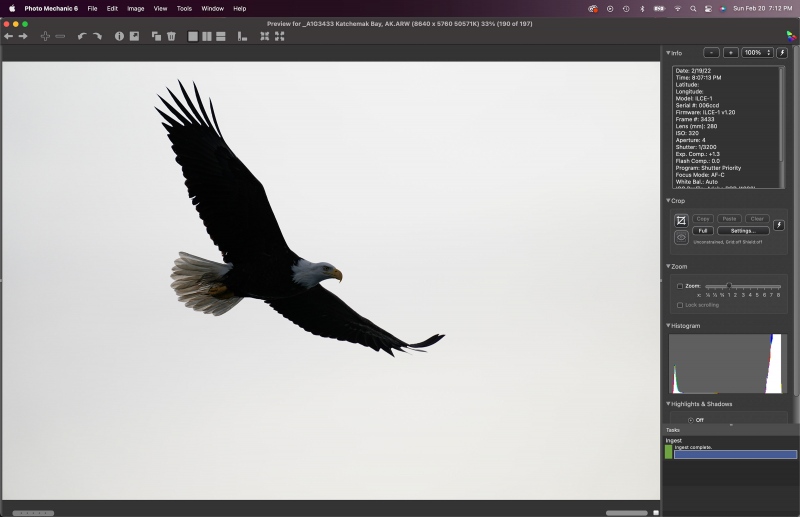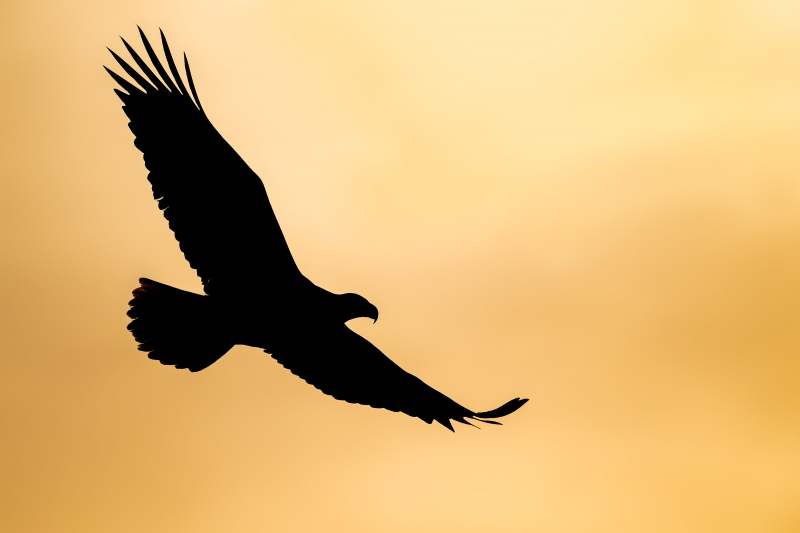What’s Up?
The first day of the first Homer/Kachemak Bay IPT exceeded everyone’s expectations. By far. We enjoyed non-stop flight action for the whole day. It has been insanely warm with temps in the high thirties reaching into the low forties and that pattern is supposed to continue for the remainder of my visit. On Sunday, there was a slight breeze from the northeast and I knew exactly were to be. We had gorgeous eagles landing on a gorgeous lichen-covered perch with their underwings lit by light reflected off the snow. As there is some rain in the forecast, we maximized our time in the field yesterday by making two boat trips that totaled more than seven hours. We will be headed out early again today.
Wherever you are, and whatever you are doing, I hope that you too have a great day. This blog post took about an hour to prepare, and makes 99 days in a row with a new one.
Please Remember
Please remember to use the B&H and Amazon links on this page and to use the BIRDSASART discount code at checkout when purchasing your new gear from Bedfords. And please consider joining a BAA IPT.
|
|
|
This image was created on 19 February 2022, the scouting day for the Homer/Kachemak Bay Bald Eagle IPT. I used the hand held Sony FE 70-200mm f/2.8 GM OSS II lens with the Sony FE 1.4x Teleconverter (at 280mm) and The One, the Sony Alpha 1 Mirrorless Digital Camera.. The exposure was determined via Zebras. Multi Metering +1.3 stops in Shutter Priority. AUTO ISO set ISO 320. !/3200 second at f/4 (wide open). AWB at 4:07:13 on a somewhat foggy afternoon. Tracking: Zone AF/C with Bird-Eye/Face Detection performed perfectly. Click on the image to enjoy a high-res version. Image #1: This JPEG represents the raw file for the “golden” eagle image |
Shutter Priority
In some situations, I use and recommend going to Shutter Priority with AUTO ISO and exposure compensation. The main requirement is a background of relatively consistent tonality. With a sort of foggy sky with the halo of the sun peeking through, my plan was to make images of the eagles that flew through the bright circular portion of the sky that surrounded the sun. I use this same technique for sunsets at ILE. In both cases, images made with the sun in the frame will feature an over-exposed sun, and images made well away from the sun will be a bit under-exposed.
RawDigger showed that today’s image was about 2/3 stop under-exposed. I knew that I should have been at +2 stops (or more) …
With the image exposed well to the right — see the Photo Mechanic histogram above, the image looks totally washed out. As it should. You can see that the sky does have some yellow/gold in it. All that is required to create something striking is a decent knowledge of Photoshop. You can learn everything that you need to know about optimizing avian photographers in Digital Basics II.
|
|
|
This image was created on 19 February 2022, the scouting day for the Homer/Kachemak Bay Bald Eagle IPT. I used the hand held Sony FE 70-200mm f/2.8 GM OSS II lens with the Sony FE 1.4x teleconverter (at 280mm) and The One, the Sony Alpha 1 Mirrorless Digital Camera.. The exposure was determined via Zebras. Multi Metering +1.3 stops. AUTO ISO set ISO 320. !/3200 second at f/4 (wide open). AWB at 4:07:13 on a somewhat foggy afternoon. Tracking: Zone AF/C with Bird-Eye/Face Detection performed perfectly. Click on the image to enjoy a high-res version. Image #1A: “golden” eagle |
A “golden eagle” in Homer
The golden eagle in today’s featured image is — of course, a Bald Eagle (in silhouette) against a foggy golden sky.
The Most Valuable Lens
In two full day’s on the eagle boat, I have used the hand held Sony FE 70-200mm f/2.8 GM OSS II lens for about 90% of my photography. When I am trying to create sharp images in very low light situations, I go with the lens alone. In brighter conditions, or when creating pleasing blurs in low light, I add the Sony FE 1.4x teleconverter.
The 70-200 f/2.8 II/1.4X TC/a1 rig is insanely light, the zoom is amazingly fast and smooth, and the images are super-sharp. AF never fails when you are using the prime lens alone, but with the TC added, both Anita North and I have had this rig miss totally on rare occasion: the the camera fails to acquire focus at all. 99% of the time (even with the TC in place), initial focusing acquisition is close to instantaneous (and always accurate). This rig is so light that when I go with the 200-600 G lens, it feels very heavy (by comparison).
Typos
With all blog posts, feel free to e-mail or to leave a comment regarding any typos or errors.
















from what i read – are we saying the A1+70-200GM MKII + 1.4TC misses shots 1% of the time? possible firmware update needed? thanks
Fourth line of “What’s Up” — were is typo. Should be where. Glad to hear you’re having great luck!
Thanks. Jim must have fixed it 🙂
with love, artie
good point Dan, I was on the same question as you…
The first two sentences in the final paragraph seem contradictory. Can you clarify? Do you mean you have had it miss when you use the 1.4x TC, but never with the zoom lens on its own?
Poor writing will confuse you every time. I re-crafted it. LMK if it makes sense now.
thanks with love, artie
Yep, got it now! Thanks.